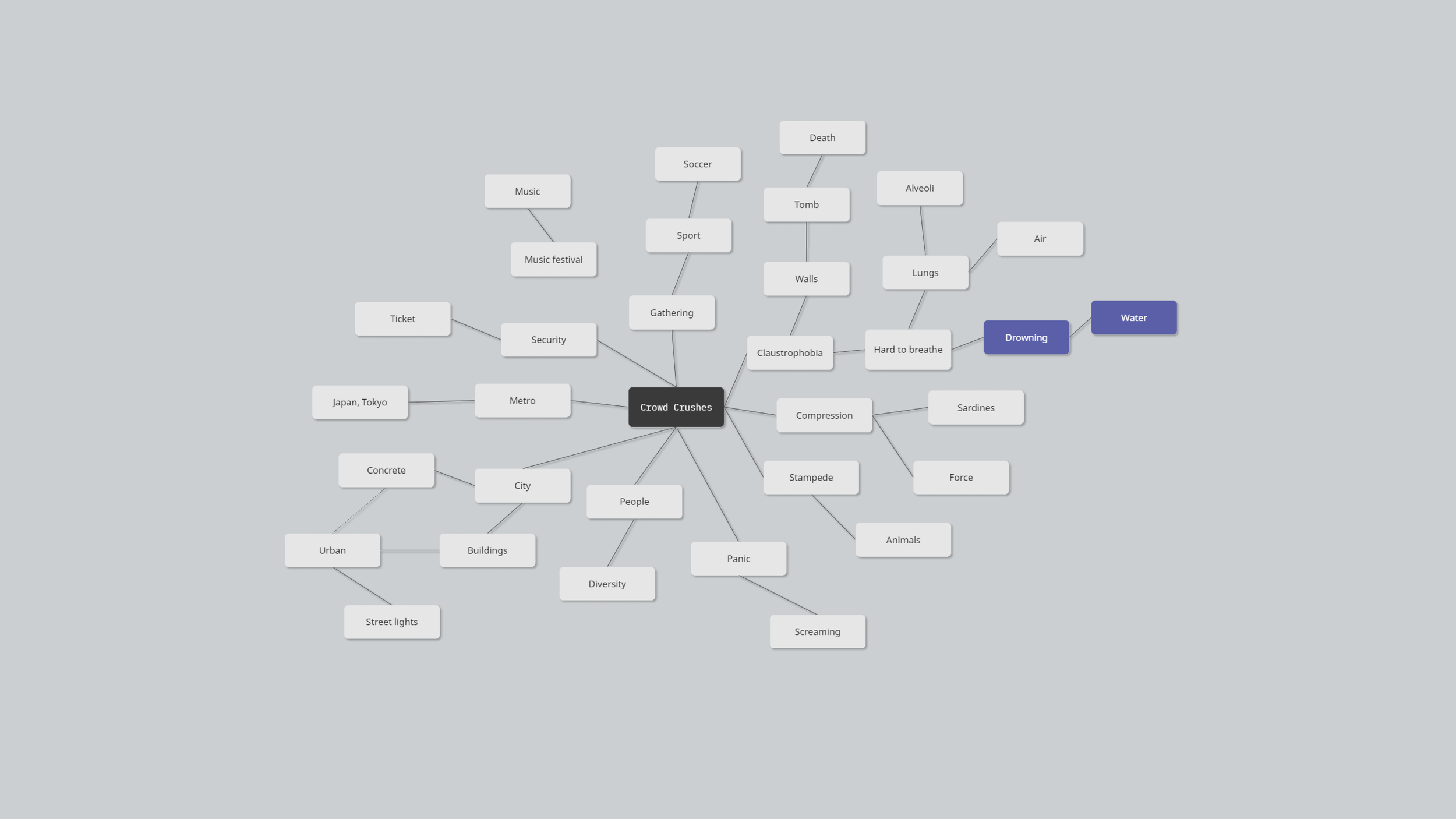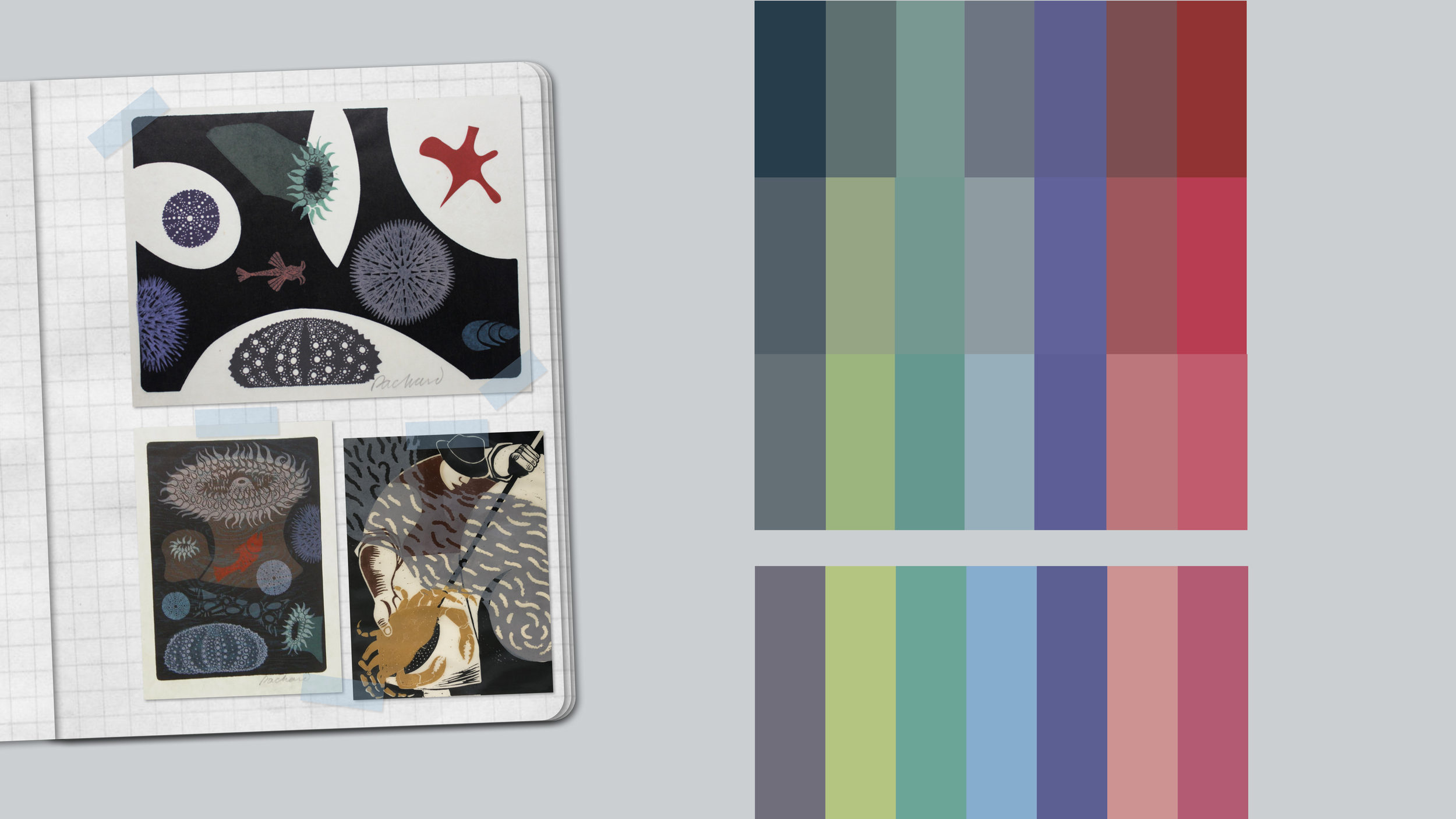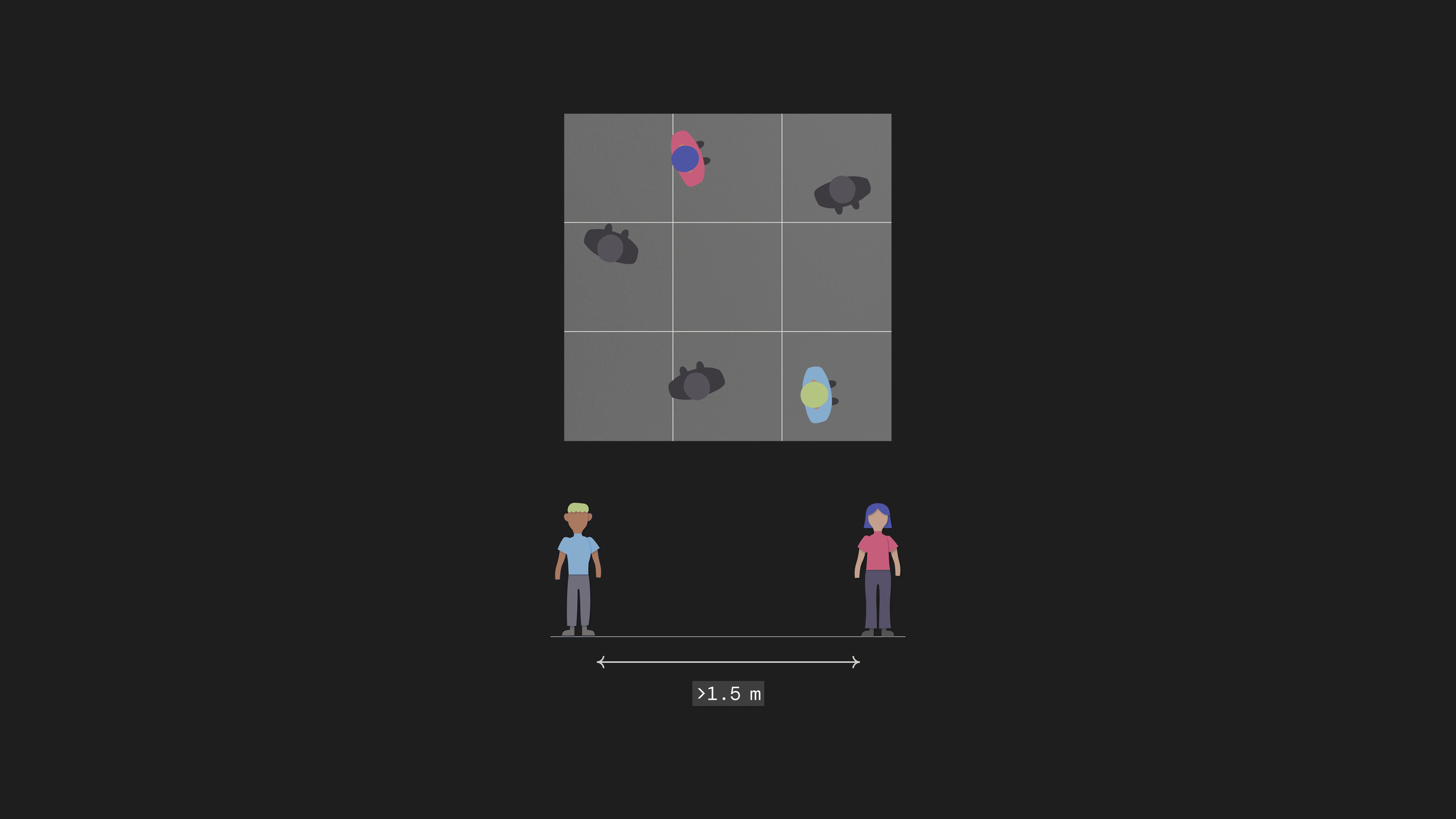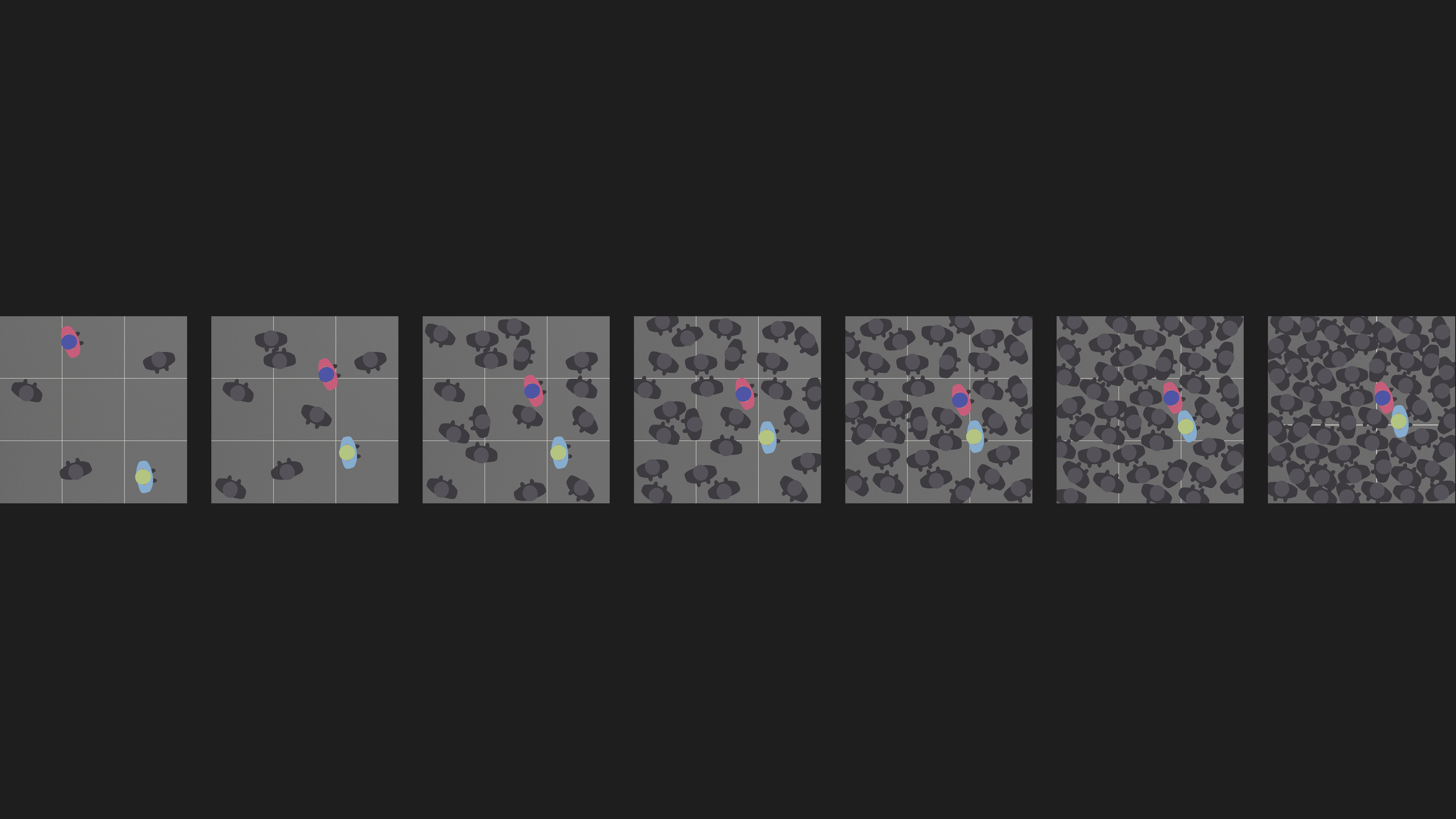Navigating the Sea, Navigating the Swarm
There’s a parallel to draw between crowds and large bodies of water. Besides the obvious comparison in volume, they also act similarly in claiming lives. This data story explores those similarities with the goal of explaining what is a crowd crush, why they are dangerous and how to protect yourself from them.
This project was created during the Data Visualization Society Mentorship Program with the help of my mentor Gabrielle Mérite.
Client
Personal Work
Tools
Figma, Illustrator
Audience
Lay Audience
Skills
Research, Storyboarding, Content writing, Data visualization & Prototyping
Date
2023
Format
Scrollytelling
Background
Crowd crushes can be defined as incidents where an area becomes so crowded that people are compressed against one another and are unable to breathe. Since the 1990s, 313 people die each year on average in crowd crushes and unfortunately, nobody is safe from these disasters as they can happen everywhere in the world and be at any type of event that involves a crowd.
Most people don’t know how dangerous a crowd can be and by extension don’t know how to protect themselves in case of a dangerous event. Crowd management falls under the responsibility of governments and crowd managers, as it should be. However, it is still important for people to be aware of the dangers of a crowd and be able to protect themselves in case these bigger instances fail to put enough safety measures.
Challenge
The goal of this data story is to investigate how dangerous crowds are and share some steps on how to protect yourself in case you’re in a crowd crush. Multiple news articles have been written on the topic but very few visually communicates how crowds are dangerous despite it being a science that is easier to understand using images.
Solution
This piece conveys the experience of being in a crowd by using the metaphor of bodies of water and drowning and draws a portrait of the magnitude of crowd crushes globally by using data from incidents of the past 30 years.









